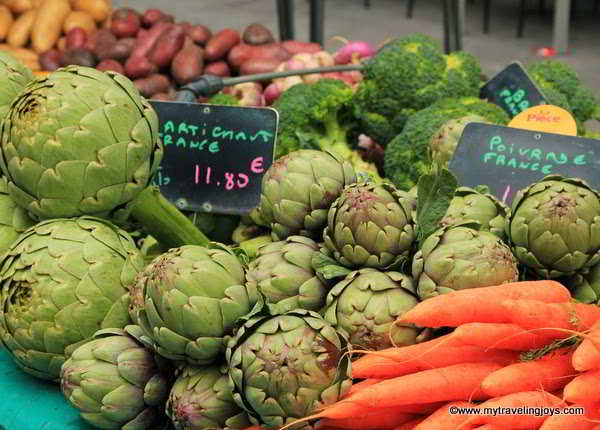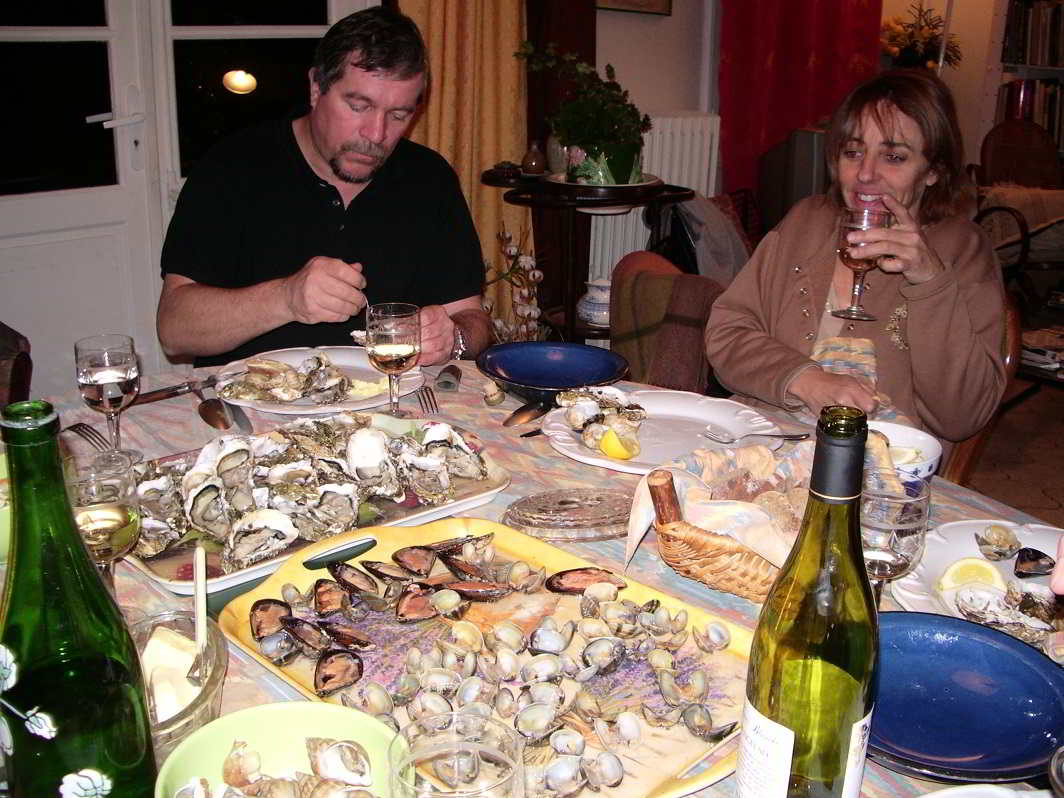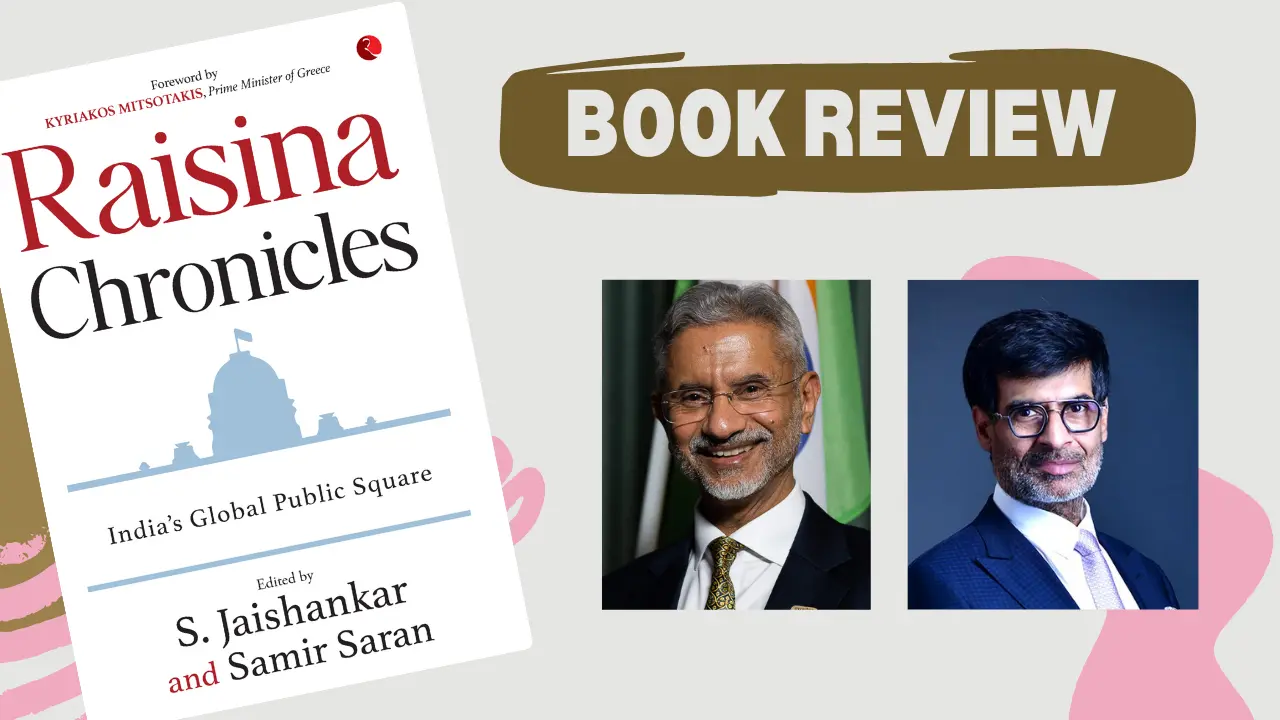[vc_row][vc_column][vc_column_text]In the face of global obesity, how the French diet sets an example in healthy eating
By Shailaja Paramathma
Even though the British ruled us for two centuries, we never really fell for their cuisine; our palate was just not cut out for their insipid fare. But when America, with its cosmopolitan appeal and cut-throat advertising nudged open our markets, the doors just flung open. With our new-found salaries and third world aspirations, we simply toed the lines leading to burgeoning fast food chains. Closer home though, the French, with their innate mistrust of anything American, smirked and pronounced their verdict on mass produced fast food—“industriel”.
Pride matters
France’s pride in quality food does not just come from the fact that they are European Union’s leading agricultural power but also from the fact that they take their culture and their past very seriously. In comparison, Americans talk of a past but you only have to visit an American-themed restaurant and you will witness memorabilia that only goes back to posters of black-and-white movies. The French, on the other hand, have a history; their really classy restaurants exist inside ancient castles and offer a fare from recipes dating back centuries.
It would be naïve to believe that every meal in France is gourmet, but it would also be foolish to discredit the individual wars that each French family fights on a regular basis against sugary aerated drinks, fried potatoes and tomato ketchup. In fact, this very anti-globalization outlook threw up a presidential candidate in 2007—José Bové. A sheep farmer and activist, Bové become a national hero and received tremendous international publicity when he forced a McDonald’s franchisee to move out of Millau, a small town in the south-west of France.

Posters from the presidential election 2007
As does family
Assuredly, the French eat for pleasure, at home or in their quaint little roadside bistros. They take out time to eat and they do so in the company of family and friends. One of the first things one would note during midday in France, is the whiff of freshly-made bread wafting out of every bakery and a rapidly growing throng of people queuing up to buy it. The French eat at appointed hours and it would not be grossly irrational to say that at one in the afternoon all of France is buying baguette.
Lunch is the big meal of the day, not breakfast, and people in small cities actually rush back home every noon to cook and eat the afternoon meal together. A family meal in France may actually seem like a sacred ritual to an outsider because it begins with a portion of salad, leading to a meat dish, followed by a few varieties of cheese, and ending on a bowl of flavoured yogurt or a fruit. Generous cuts of freshly bought French bread do the round of the table at least twice. And finally, all of it is washed down with a cup of black coffee because well, no meal is complete without it.
Weekends and holidays see regular people turning into self-proclaimed chocolate cake queens, or fruit pie makers or barbeque experts. As summers approach and days become longer, small cities and towns see people spending their evenings around a bonfire cooking and sharing meals.
Prone to pattern
As a rule, no one snacks in between meals apart from very young kids who carry a snack to school, usually their only indulgence of the day. School lunch menus are decided and circulated to the parents every week and are made mostly from locally-sourced raw materials. So, veal, fish, pork, chicken and different salads, cheese and desserts are served depending on the season and availability. Children are encouraged to eat the same food as adults. Though a strong smelling sheep cheese like the Roquefort, for example, would be replaced by the mild Emmental for kids. Nevertheless, this little effort goes a long way in acquainting young palate to foods that demand an acquired taste. More importantly, these balanced meals are not just a step towards creating a healthy lifestyle but also towards a healthier environment.

Les Halles (Farmers’ Market) in Paris
Knowing one’s culture
For a French buyer knowing where a food item comes from is of extreme importance. Names of places are attached to food, cheese and wine. So mustard from Dijon or a variety of cheese from Comté or wine from Bordeaux are a promise that the product was prepared with the same kind of sincerity and love as it was, say a hundred years ago. These custodians of heritage also give the organic food fashion a new definition when during a meal they nonchalantly tell you exactly where the chicken you are eating came from and what it was fed.
Of course having such comprehensive information on the chicken’s past has to come from the farm. And that is possible because the farm comes to your doorstep once every week—Les Halles or the Farmer’s Market is the name for a weekly market that overtakes a part of the town, city or locality and is the place where the buyer comes face to face with the farmer. At Les Halles, the consumer can directly buy from the grower whose pride in growing and selling his product is as tangible as the product itself. It goes without saying that buying organic at these farmer’s markets frequently turns into an organic exchange of information between the grower and the consumer.
Connected to nature
French, especially those who spent their childhood in small cities, are a tad rural at heart just like the clichéd Hollywood movies depict them. On a walk in the mountains, they are likely to pick mushrooms from the woods or fragrant thyme leaves or even cherries, depending on the season. They will then pair the fresh pick with a meat, bake it, find a bottle of wine to complement the flavour, fix a small salad and voilà, a home-cooked meal is ready.
During summers, young people, mostly foreigners looking for a French experience, enrol for a voluntary program in a vineyard where they get the opportunity to harvest the juicy grape crop and spend merry bohemian evenings in the backdrop of the French countryside.
Local festivals also find their origin in crops. The Mirabelle Plum Festival takes place in the warm month of August amid plenty of sunshine and mild temperatures. And autumn sees much frolicking and cheerfulness during the Chestnut Festival, also known as the Fêtes de la châtaigne.

Fêtes des Châtaignes (Chestnut Festival)
Look within
The French do well to turn their long noses up at fast food chains and processed food. In addition, they go the extra mile and passionately try to conserve their culture and old customs by keeping them alive on a daily basis. There is a valuable lesson to be learnt here for us Indians who gloat over words like “culture” and “custom” but understand their significance only one-dimensionally when there is a wedding in the family. It takes grit and determination to keep one’s culture alive and most of all it takes real pride. Easy availability of packaged food and its guilt-free consumption, round-the-clock snacking and indulging in high sugar diets, uncharted and largely unregulated use of pesticides by our farmers and general lack awareness about the quality and source of the items we purchase certainly point that we are heading the wrong way. Probably, the only thing keeping us from falling over the edge is the insistence of our mothers on cooking three fresh meals every day.
All photographs except Les Halles by Shailaja Paramathma
[/vc_column_text][/vc_column][/vc_row]


 Latest world news13 hours ago
Latest world news13 hours ago
 India News18 hours ago
India News18 hours ago
 India News18 hours ago
India News18 hours ago
 Latest world news10 hours ago
Latest world news10 hours ago
 India News18 hours ago
India News18 hours ago
 India News17 hours ago
India News17 hours ago












